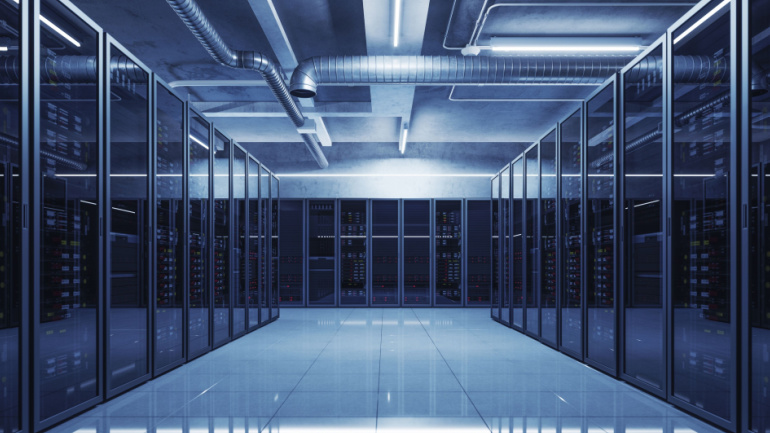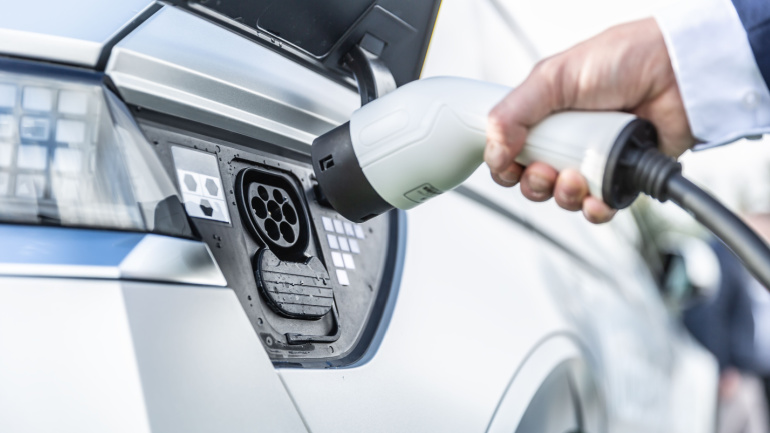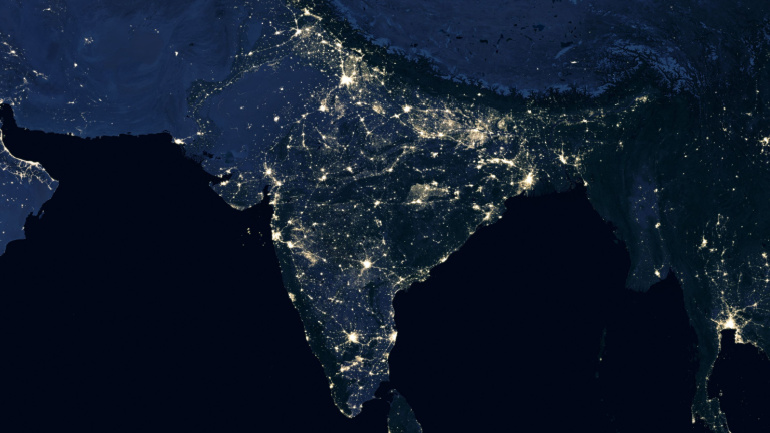A first-of-its-kind system in the UK is being trialled in Edinburgh to see if waste heat from a large computing facility can be stored in disused mine workings and used to warm homes. The large amounts of energy needed to power the University of Edinburgh’s Advanced Computing Facility (ACF) could be recycled to heat at least 5,000 households in Scotland’s capital.
Iridium, taking the telecommunications industry by storm, aims to connect satellites directly to devices such as smartphones and automobiles through their Low-Earth Orbit (LEO) satellite infrastructure tightly woven on 5G. The key feature here is connecting ordinary smartphones straight to satellite connectivity.
As global voice wholesale authority, 42Com, aligns with industry powerhouse Vladimir Smal to propel AVISO Messaging into operation, the duo’s intent to foster the messaging sphere with undeniable excellence is evident. Recognizing the indomitable role of reliable communication, AVISO Messaging emerges as a beacon, espousing a fraud-free environment and assuring growth. Its onward journey emphasizes diversification, with plans to introduce WhatsApp, RCS, and voice messaging solutions into its expanse. AVISO’s pledge to deliver quality, security, and competitive pricing signifies a renovation of industry standards. As a guardian in this arena, AVISO Messaging is poised to redefine trusted communication solutions.
Netcracker Technology allies with Advanced Info Service (AIS), Thailand’s largest mobile carrier. Aiming to centralize AIS customer billing systems through Netcracker Revenue Management, this collaboration ensures efficient marketing preparations and amplified sales view. It’s a significant overhaul of IT infrastructure that boosts business agility and performance. This partnership focuses on cloud-based IT, compliance with major industry standards, and facilitating customer-centric clouds.
In response to the rapid growth of the metaverse and generative AI sectors, the European Commission (EC) is conducting a comprehensive evaluation of the competitive landscape. Margrethe Vestager, the Executive Vice President of competition policy, has issued Requests for Information (RFI) for both markets, urging stakeholders to share insights on competition levels and propose ideas on how antitrust regulations can sustain competitiveness.
In the ongoing technological rivalry between the United States and China, Huawei has emerged as a significant beneficiary, particularly in the realm of artificial intelligence (AI). The U.S. government, in its persistent efforts to hinder China’s progress in AI development, has implemented various bans on the sale of certain products from American companies to their Chinese counterparts. The focus of this battle shifted notably to AI over the past year, with China positioning itself as a frontrunner in AI, albeit still relying on U.S. company Nvidia for crucial high-performance chips.
BT is pushing the envelope, repurposing fading street cabinets, once integral for broadband and phone hookups, into sophisticated EV charging points. Amid a direct-to-home fiber revolution, redundant units could fuel a UK-wide EV charging network, starting in East Lothian, Scotland.
Hyundai Motor and Kia are revolutionizing the amalgamation of mobility and living spaces by proposing the consolidation of home and car services. Assisting in this groundbreaking initiative is Samsung Electronics, providing the potential to transform our relationship between home and car via ‘Car-to-Home’ and ‘Home-to-Car’ services. This change promises remote control over various appliances through voice commands, as well as the ability to monitor and manipulate vehicle functions from home.
In a strategic move to gain a foothold in India’s expanding telecommunications market, Elon Musk’s satellite communications constellation, Starlink, is reportedly considering a stake in Vodafone Idea (Vi). As of 2024, Starlink boasts a constellation of over 5,500 low Earth orbit (LEO) satellites, providing commercial services in more than 60 countries to approximately 1.5 million subscribers.
The fate of Altice Portugal, a leading player in Portugal’s telecom industry, is trending thanks to its substantial market stronghold. Now on the sales block, its potential buyers include Saudi Telecom Company amongst others. Its divestment strategy is part of a broader aim to alleviate the significant debt of Altice Group. However, recent scandals encircling Altice’s co-founder have added layers of complexity to the unfolding story.













